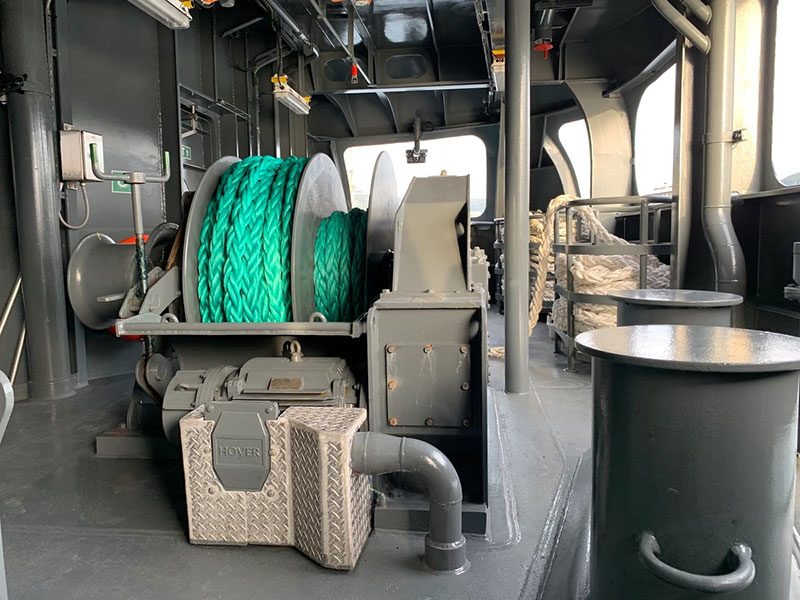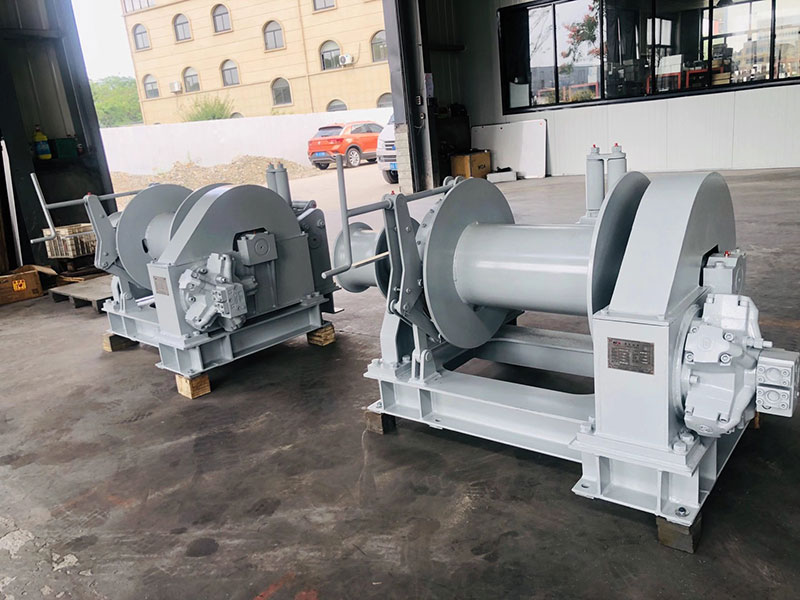Boating enthusiasts understand the importance of safe and secure mooring, as well as accurate positioning while out on the water. Over the years, significant advancements in boat mooring and positioning systems have revolutionized the way boaters handle their vessels. These systems not only enhance safety but also offer convenience, peace of mind, and improved overall boating experiences. In this article, we will explore some of the latest innovations in boat mooring and positioning systems.
Automated Mooring Systems
Traditional mooring techniques involve manual labor, often requiring multiple individuals to secure a boat. However, with the advent of automated mooring winch systems, the process has become significantly more efficient and hassle-free. Automated systems utilize sensors, winches, and control systems to handle the mooring process with minimal human intervention.

These systems work by detecting the position and movement of the boat and automatically adjusting the mooring lines to keep it securely in place. They can compensate for changes in water level, wind, and currents, ensuring a stable and safe mooring. This innovation saves boaters valuable time and eliminates the risk of human error during the mooring process.
Dynamic Positioning Systems
In situations where maintaining a fixed position is crucial, such as during offshore operations or in strong currents, dynamic positioning winch (DP) systems come to the rescue. DP systems use a combination of advanced sensors, thrusters, and computer algorithms to enable a vessel to maintain its position or follow a set track without the need for traditional anchoring methods.
These systems continuously monitor the vessel’s position and heading, making minute adjustments to the thrusters to counteract external forces such as wind, waves, and currents. DP systems ensure precise positioning, allowing for delicate operations such as oil rig servicing, cable laying, or scientific research. They offer increased safety, efficiency, and flexibility in challenging environments.
GPS-Based Positioning Systems
Global Positioning System (GPS) technology has transformed navigation for boaters worldwide. GPS-based positioning systems provide accurate real-time positioning information, enabling boaters to navigate with confidence. GPS receivers use signals from multiple satellites to calculate the vessel’s latitude, longitude, and speed.

Modern GPS systems are now integrated with chartplotters and multifunction displays, offering comprehensive navigational data such as course plotting, waypoint marking, and route planning. Additionally, advanced GPS systems provide features like automatic route guidance, real-time weather updates, and collision avoidance alerts, enhancing safety and situational awareness on the water.
Virtual Anchor Systems
Traditionally, anchoring a boat involved manually deploying and retrieving an anchor. However, virtual anchor winch systems have emerged as an innovative alternative. These systems utilize a combination of GPS technology, sensors, and thrusters to hold a vessel in a fixed position without the need for a physical anchor.
Virtual anchor systems work by storing the boat’s initial position and monitoring its movement. If the vessel drifts beyond a set boundary, the system automatically engages the thrusters to bring it back to the desired position. Virtual anchor systems are particularly useful in areas with poor anchorage, high currents, or sensitive environments where traditional anchoring may be prohibited or challenging.
Conclusion
The development of boat mooring and positioning systems has significantly transformed the boating experience, offering enhanced safety, convenience, and peace of mind. From automated mooring systems that streamline the docking process to dynamic positioning systems that ensure stability in challenging conditions, these innovations have revolutionized the way boaters interact with their vessels.
GPS-based positioning systems have become indispensable tools for navigation, providing accurate real-time data and advanced features for route planning and situational awareness. Virtual anchor systems have also emerged as a practical alternative to traditional anchoring methods, offering boaters greater flexibility and reliability.
As technology continues to advance, we can expect further refinements and new breakthroughs in boat mooring and positioning systems. These advancements will undoubtedly contribute to safer, more efficient, and enjoyable boating experiences for enthusiasts around the world.
